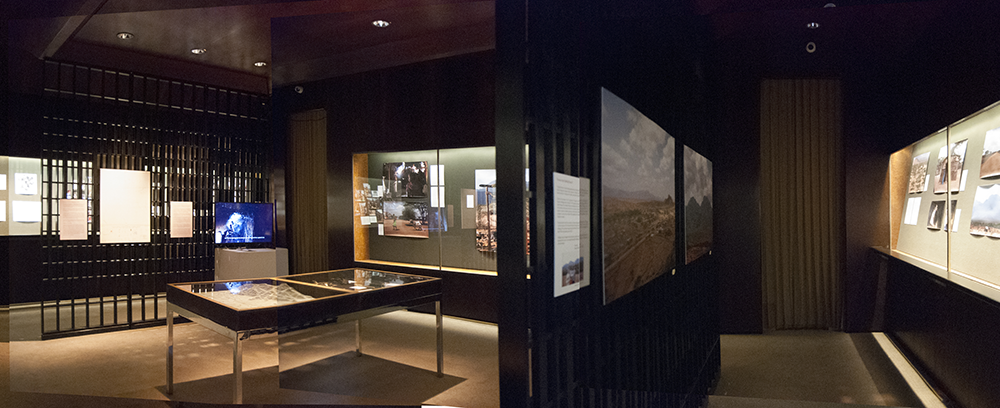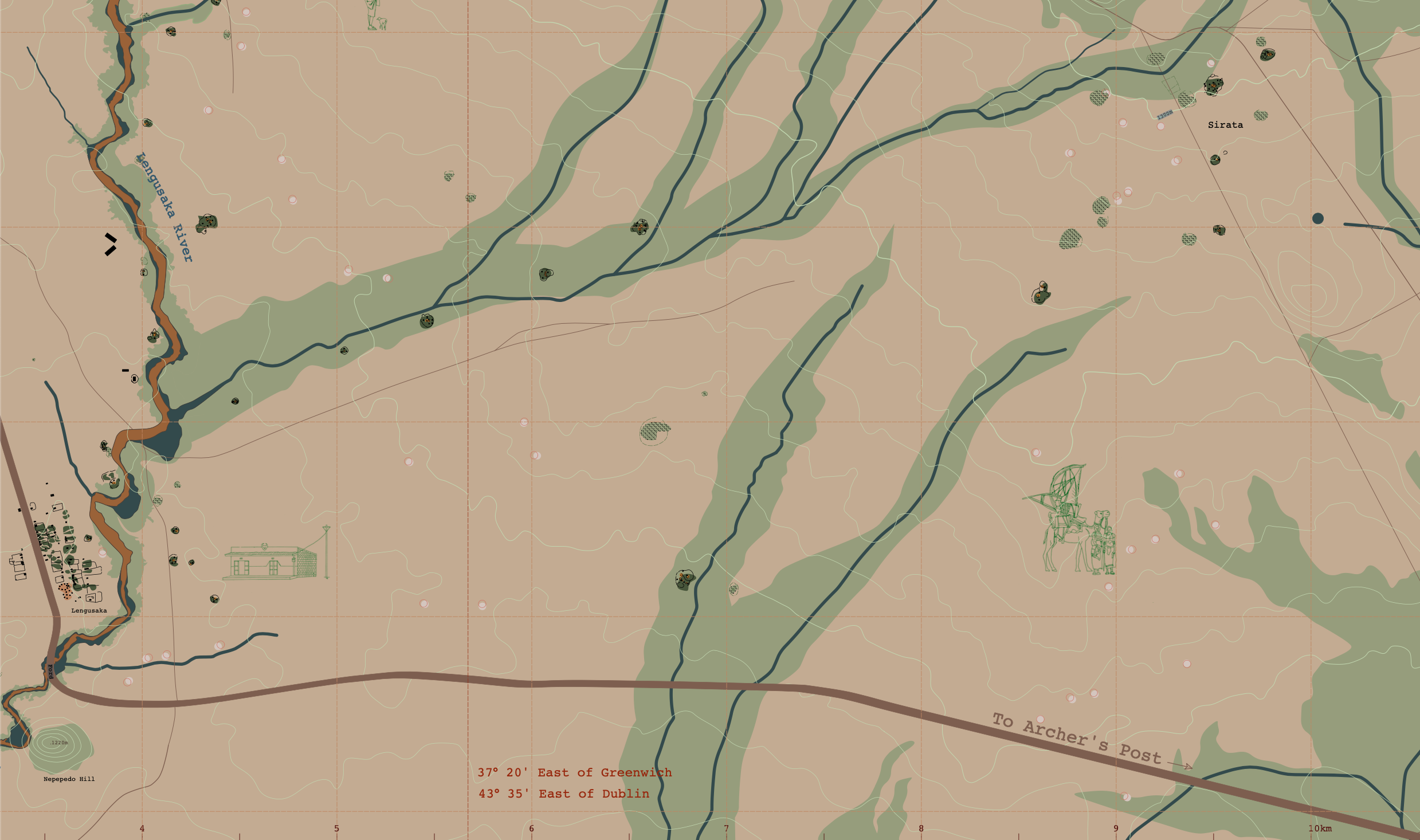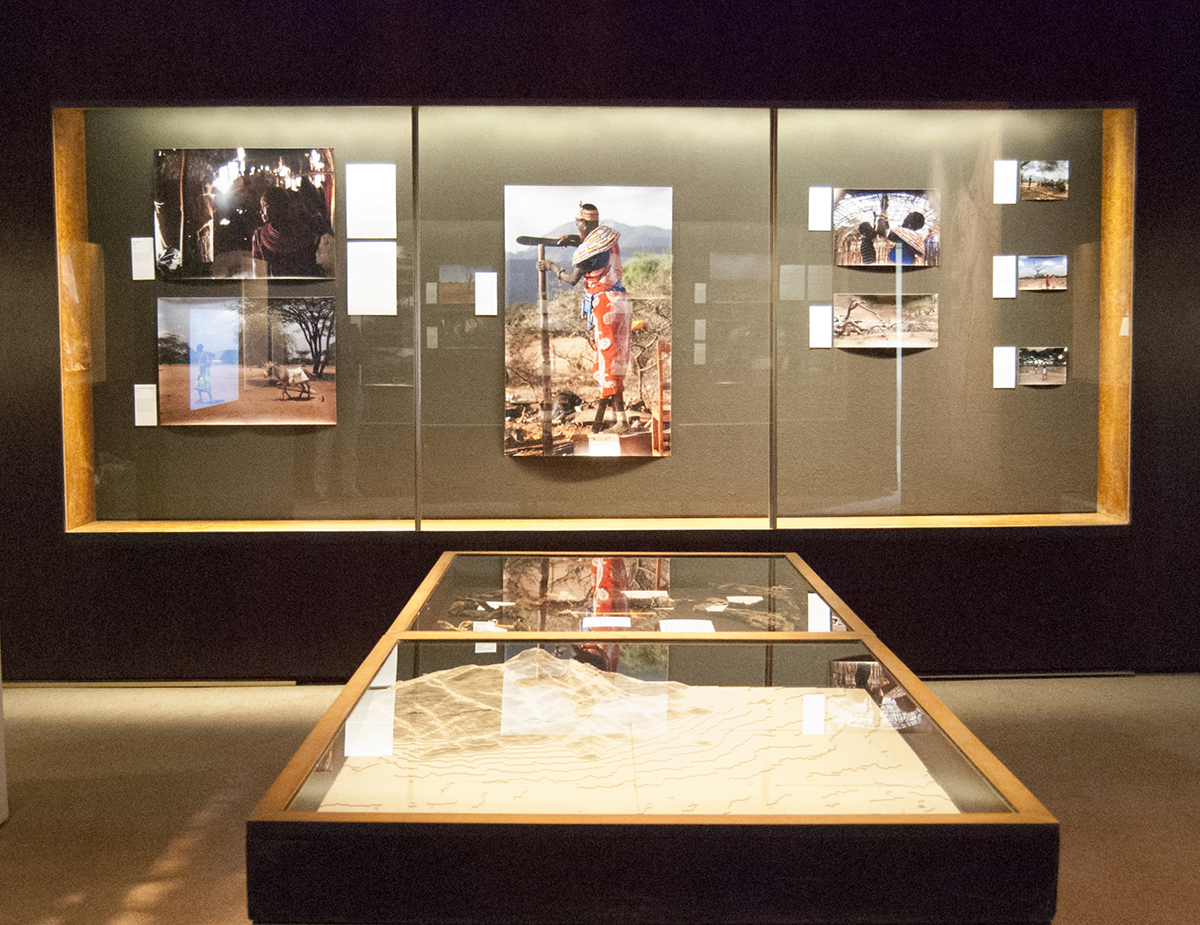
10 October, 2024

Posted: 28 October, 2020
You’ve recently launched an exhibition for your New Foundations project. Tell us more about this.
“Samburu Stories: Communicating Architecture in the Climate Emergency” is presently installed in the Irish Architectural Archive on Merrion Square. Through a range of media, it tells the story of a collaboration between University College Dublin and the Samburu tribe in northern Kenya. An overarching ambition of our initiative was to gain a better understanding of the complexities of climate change, not only within the context of architecture, but also how it intersects with migration, gender and race. We equally wanted to challenge some of our conventional modes of learning in higher education and to engage with indigenous knowledge systems.
Our collaboration was conceived and organised as an experimental active-learning studio that took place in the summer of 2019 in the Samburu lowlands, a conservation area 400km north of Nairobi. The Samburu are nomadic-pastoralists, and in their culture women are not only the architects and builders, but also the technologists. Indeed, this is often the case in many nomadic-pastoralist communities. In the field, local Samburu women led a workshop that guided us through the entire process of constructing a traditional Samburu lowlands house (n’kaji) from the ground up.
Overall, the exhibition demonstrates the extraordinary commitment of students and educators in the collaborative. Curated by Architecture students from UCD, the show has four main sections: house-building, migration, gender and climate change. In all of these, the Samburu house remains a focal point, a conduit for elucidating larger topics in Samburu and beyond. For example, the section on migration discusses the long history of transhumance in the region as well as new modes of migration brought on by climate change and globalization. We also made space, literally and figuratively, for experimental work. One student, Silvia Doherty, completed a Master of Architecture dissertation that traced how the Samburu region has been mapped since the early 20th century. In historical maps, the dwellings and traditional communities of Samburu people are conspicuous by their absence. As a rebuttal to this, Silvia and two other students, Aakriti Sood and Peter Whelan, created a new monumental map that illustrates and communicates how the Samburu inhabit the landscape.

What inspired you to pursue research in this area and to present it in this format?
In 2017 I developed the Global Architecture Initiative at UCD to support our programme’s application for equivalency status with the US National Architecture Accreditation Board. This initiative spearheaded the teaching of non-Western architecture in our design curriculum. The Samburu collaboration is a direct outgrowth of this pedagogical project.
From the outset, we knew that an exhibition would be an ideal way to narrate our shared experiences and critical reflections with the wider public. This learning initiative was inspired by the desire to concretize and connect aspects of climate change that are often taught in isolated ways. We also wanted to engage with and contribute to discourses concerning the exhibition of non-Western architecture. Our ambition was to extend this scholarship productively to people beyond UCD, Ireland and Europe. Disseminating our work through an exhibition made perfect sense because the gallery, in its own way, is an extension of our workshop and seminar room. Ultimately, this material will be installed in Kenya. We are presently working with colleagues to find a suitable exhibition space in Nairobi and eventually Samburu.
In your opinion, why is your research important?
Collaborating with local people in Kenya, in particular people who are living on the precipice of climate change, clarifies the need to understand and teach sustainability across disciplines. The Samburu house is a vehicle for studying environmental design principles, such as passive ventilation and thermal comfort, and yet it can also teach us about gender equality, sustainable development, water scarcity, agriculture, migration, ecological conservation and community engagement. Everything is connected. As such, the house-building workshop was not only an immersion into discipline-specific knowledge and learning, but also a pilot for transdisciplinary practice that reframes intractable problems. Fusing methodologies from seven academic fields and indigenous knowledge systems, the collaboration indicated new paths forward.
What are some of the greatest challenges facing researchers in your field? What are the greatest opportunities?
At present, in the discipline of architecture, we have an urgent, pressing need to confront and dismantle the dominance of Western, Euro-centric paradigms in both research and pedagogy. This will be a long process, but the questions that students are raising now will underpin new practices and approaches in the future.
We are at a pivotal moment: a climate emergency overlapping with a pandemic and a global social justice movement. The built environment has an immensely important role to play in all of these problems. These crises are forging new opportunities for STEAM-based research and teaching practices.
How has the Irish Research Council supported you in your work?
A STEAM-based New Foundations Grant has underwritten a large portion of our exhibition at the Irish Architectural Archive. It has enabled us to produce an exceptionally high-quality installation that will have a life beyond this show.
Looking forward, do you have any plans to make the exhibition available online?
Yes, portions of the exhibition are now available to view on the Irish Architecture Foundation’s Open House Journal. In addition, one of our final-year Architecture students at UCD, Andre Goyvaerts, is building an online exhibition as part of his dissertation.

Dr Samantha Martin-McAuliffe is New Foundations project lead and exhibition editor, “Samburu Stories: Communicating Architecture in the Climate Emergency”. Student curators: Emily Ann Byrne, Noah Brabazon, Ciara Fahy, Andre Goyvaerts, Niall Murphy, Kate Newe, Aakriti Sood, and Peter Whelan.